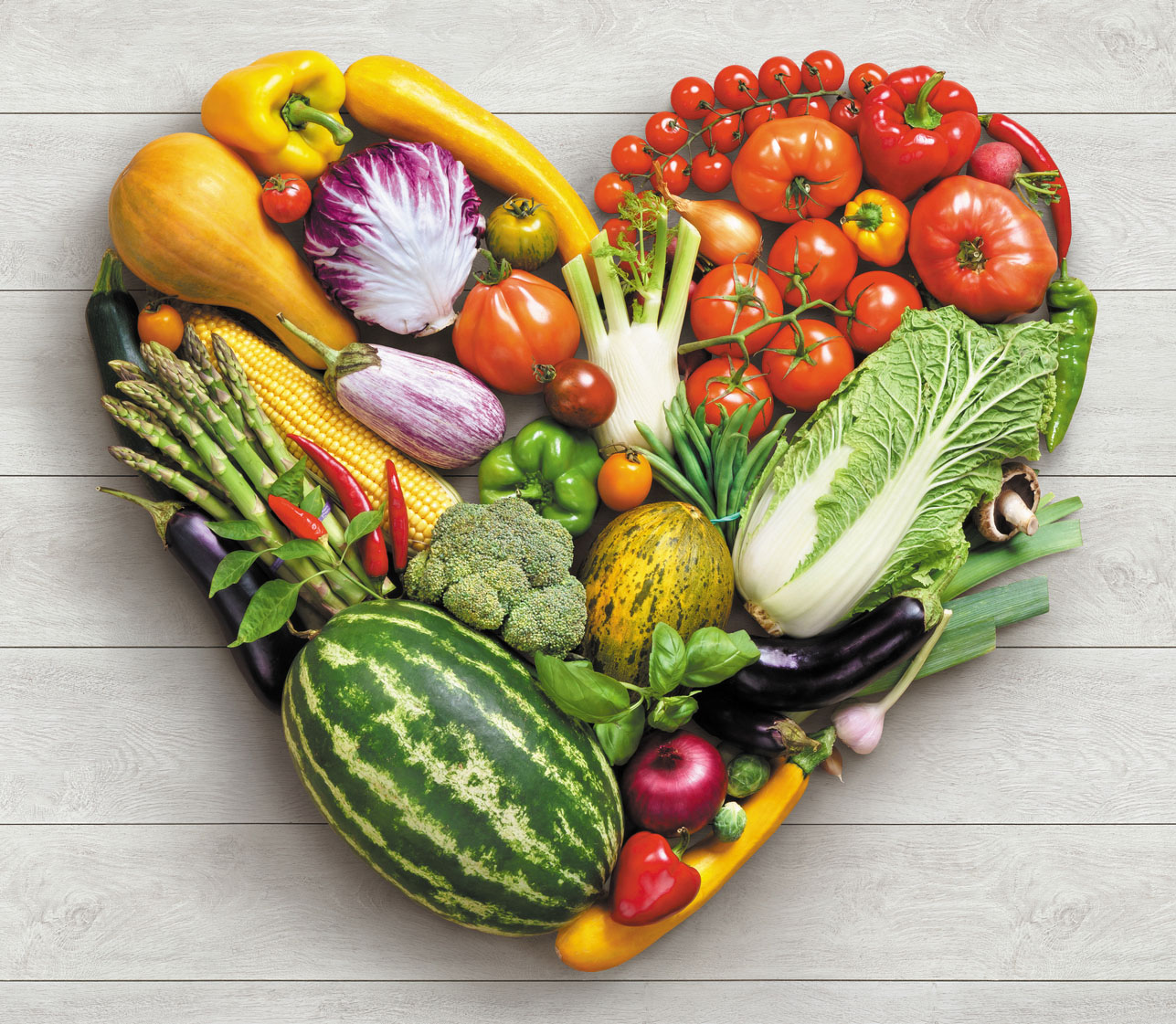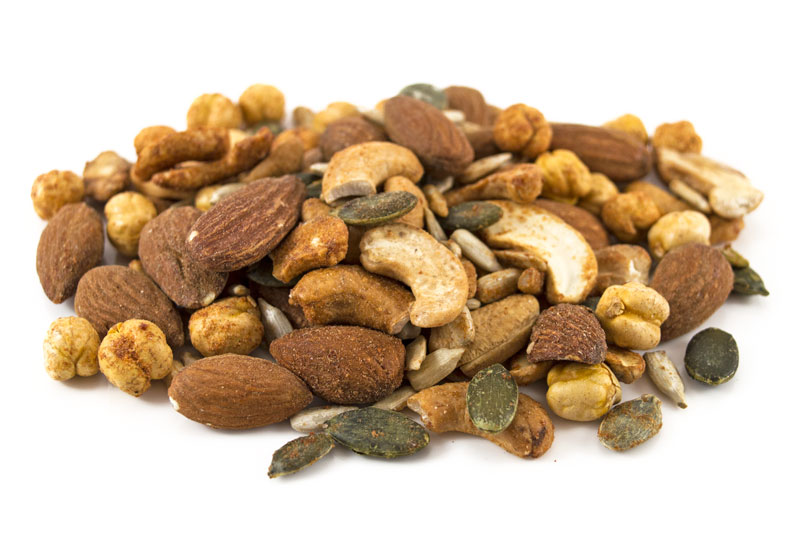What Are the Most Popular Diets?
It’s no wonder that two-thirds of Brits report being on a diet “most of the time”.[1] When we go shopping, there’s an overwhelming choice of calorie-dense, nutrient-light junk foods which tempt our taste buds but spell disaster for our health and waistlines. In this era of high-fructose corn syrup and trans fats, the old saying ‘a minute on the lips, a lifetime on the hips’ has never been more true!
The NHS urges us to check our BMI regularly and consider going on a weight loss diet if we find we are in the ‘overweight’ category or higher.[2] They also stress that any regime we follow should promote safe and sustainable weight loss, encourage healthier food choices, include realistic exercise plans and teach skills to prevent weight regain.[3]
So with so many different diets out there, let’s take a look at some of the most popular ones….

Carbohydrates are the body’s main source of energy. A mixture of carbon, hydrogen and oxygen atoms, they provide the fuel that your body converts into energy to power your biological processes, in the form of starch and sugars. They are found in foods such as pasta, potatoes and bread. The Keto diet aims to massively reduce the body’s intake of them so that we switch to an alternative method of producing energy, known as ketosis, whereby we start to burn body fat, with the resulting ketones used as fuel. Many people choose the keto diet, which seems attractive as chocolate is allowed, and fats are encouraged!
‘Paleo’ is short for ‘paleolithic’, an era of pre-history about 3.3 million years ago, encompassing the period where we evolved to become the anatomically modern humans we are today. The paleo diet was created to replicate what our hunter-gatherer ancestors ate during this period, and includes fruit, vegetables, meat, fish and eggs but not dairy, beans, pulses, legumes or grains. While there are many positives to this way of eating, chief among which is its reliance on whole foods and its rejection of highly-processed foods and sugar.
The Noom diet is based around an app created by a businessman and a software engineer in 2008. After you sign up, there’s a regular questionnaire to be completed about your eating habits and physical activity. The app’s algorithm then gives advice and makes suggestions for how to tweak your eating and exercise regimen to achieve your health and weight loss goals. Noom explicitly links physical health with psychology, and promises that people who sign up will learn about social eating, cognition and food, stress management and managing emotions in relation to food.[4]
DASH is an acronym standing for Dietary Approaches to Stop Hypertension. It’s centred around the need to reduce high blood pressure, which accounts for 12% of all GP appointments in England and was responsible for approximately 75,000 deaths in the UK in 2015.[5] It limits foods that are high in sodium, saturated fat and added sugar, all of which raise blood pressure, while encouraging consumption of foods with decent levels of fibre and protein as well as the beneficial minerals magnesium, potassium and calcium, all of which can lower blood pressure, thereby preserving heart health. The DASH diet is rich in vegetables, fruit and whole grains. It includes fat-free or low-fat dairy products, fish, poultry, nuts and beans. It limits foods that are high in saturated fat, such as red meat and full-fat dairy.
A plant-based diet is one that favours whole plant foods with few or no ingredients that come from animals. This includes vegetables, whole grains, legumes, nuts, seeds and fruits. There are many subsets that fall under the banner of ‘plant-based’, including pescatarians, who eat fish; ovo-vegetarians, who eat eggs; lacto-ovo vegetarians, who eat eggs and milk – and vegans, who reject all animal products entirely, both edible and otherwise, including honey, beeswax, tallow and leather. The aim of this diet is to lower body mass index, lower cholesterol levels and to recuce the incidence of chronic diseases including type 2 diabetes, heart disease and some cancers, including prostate and breast cancer.[6]
This diet’s creators say GOLO stands for “GoLose Weight, GoLook Great, GoLove Life”. They have identified that the key to successful weight loss is tackling insulin resistance, saying this condition is caused by unbalanced diets which increase glucose levels and spike insulin levels, causing excess glucose to be stored as fat. The diet urges a two-pronged approach involving low-calorie meals of minimally-processed whole foods and a regular supplement containing magnesium, zinc and chromium.
The Atkins Diet puts emphasis on protein and fat as the primary sources of dietary calories, and largely rejects carbohydrates. It was invented by the American cardiologist Robert Atkins, who died in 2003 at the age of 73. The aim of this diet for weight loss is that a reduction in carbs, combined with increased protein intake, lead to reduced appetite, which means people on the Atkins diet will eat fewer calories naturally, without really thinking about it. Typical Atkins meal plans may include sausages, eggs, burgers, pizza, waffles, cheese and butter.
[1]https://www.huffingtonpost.co.uk/2016/03/10/majority-brits-are-on-a-diet-most-of-the-time_n_9426086.html
[2]https://www.nhs.uk/live-well/healthy-weight/bmi-calculator/
[3]https://www.nhs.uk/live-well/healthy-weight/start-the-nhs-weight-loss-plan/
[4]https://web.noom.com/blog/2019/06/the-noom-diet-plan-everything-you-need-to-know
[5]http://www.bloodpressureuk.org/news/media-centre/blood-pressure-facts-and-figures/
[6]https://www.bbcgoodfood.com/howto/guide/what-plant-based-diet









